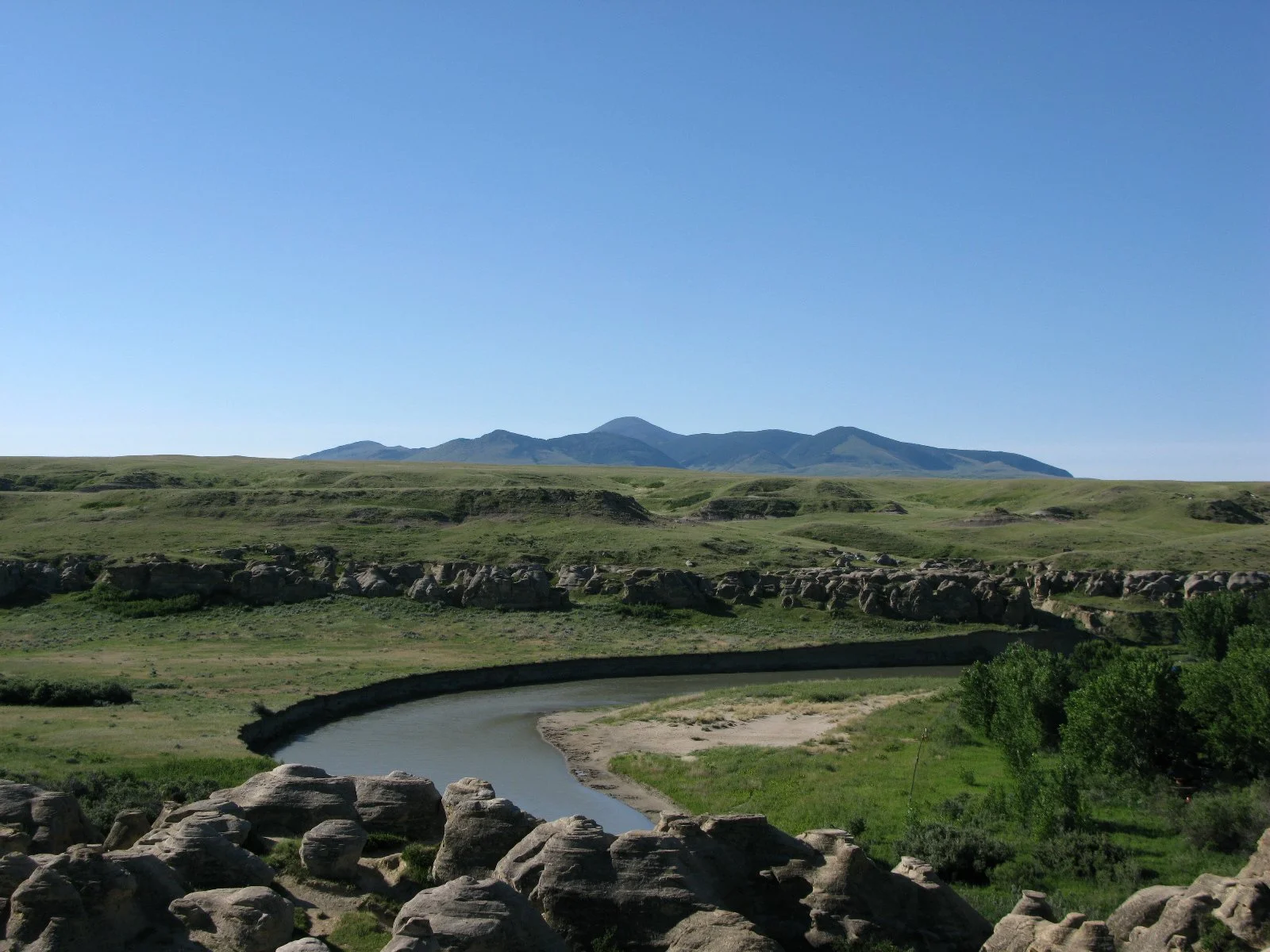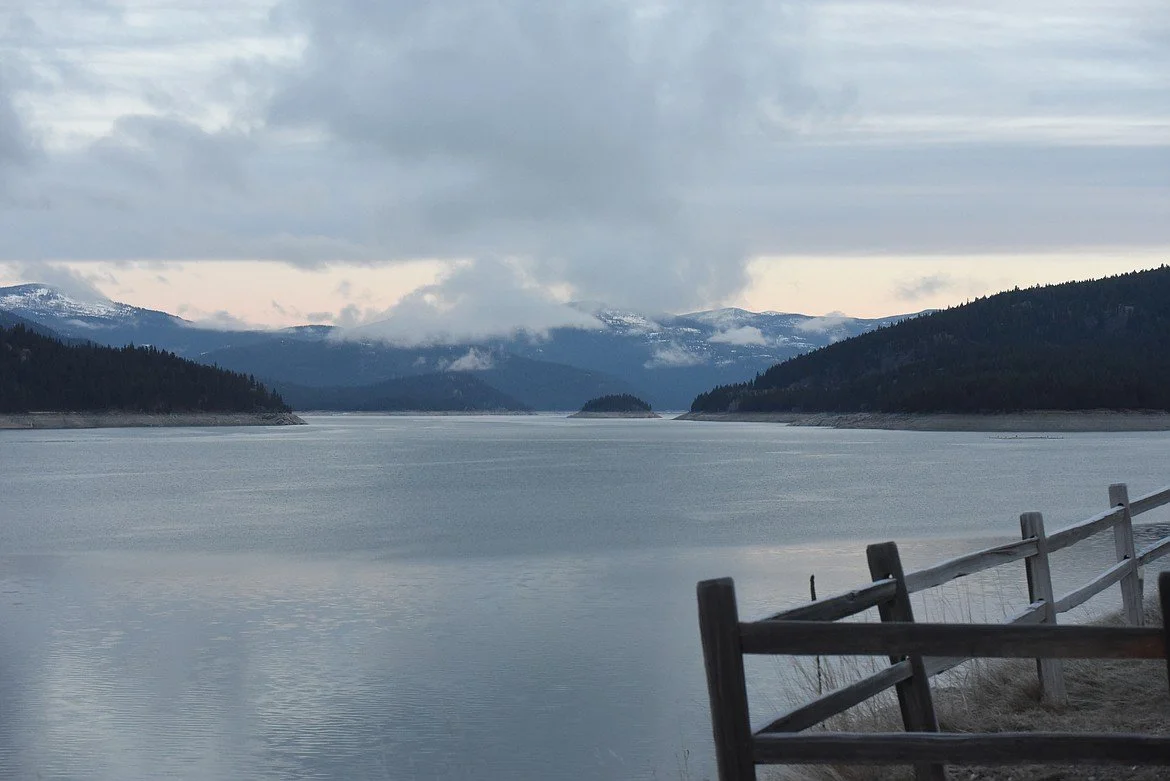After years of delays and false starts, eight governments impacted by an expansive Canadian coal-mining operation are set to meet today on Indigenous territory in Cranbrook, British Columbia, to discuss the future of the governments’ shared waterways. The meeting will include representatives from the federal governments of the United States and Canada and the Ktunaxa Nation Council, which advocates for the interests of six bands of Indigenous people spread across present-day British Columbia, Montana and Idaho. The council, which includes representation from the Confederated Salish and Kootenai Tribes, has for years asked for greater oversight of Teck Resources’ British Columbia-based coal-mining operation.
Freight train carrying hot asphalt, molten sulfur plunges into Yellowstone River as bridge fails
The train cars were carrying hot asphalt and molten sulfur, Stillwater County Disaster and Emergency Services said. Officials shut down drinking water intakes downstream while they evaluated the danger after the 6 a.m. accident. An Associated Press reporter witnessed a yellow substance coming out of some of the tank cars. David Stamey, the county's chief of emergency services, said there was no immediate danger for the crews working at the site, and the hazardous material was being diluted by the swollen river. There were three asphalt cars and four sulfur cars in the river.
Officials working to update century-old river water treaty
An update to the process of updating a 100-year-old water treaty on the Milk and St. Mary’s rivers will be given in early May, officials have announced. Two years ago the International St. Mary and Milk Rivers Study Board began reviewing the Canada-U.S. Agreement, which has been in place since 1921. It aims to update the pact, look at options to “improve access to apportionment,” and mitigate the potential effect of climate change on water supply.
Doubts downstream
Walking the streets of Libby, Mont., on a hazy September day, it’s not uncommon to hear the cough of a local resident. The picturesque, blue-collar town about an hour southwest of the Canada-U.S. Border in Montana’s north was once bustling with jobs thanks to nearby vermiculite mines. The work helped line locals’ wallets with steady pay. And lined their lungs with toxic asbestos dust. Years of remediation have helped make the town of about 2,700 safe again following what government officials called the worst case of industrial poisoning of a community in American history. But residents are still struggling to rebuild after hundreds died, and approximately 2,400 have been diagnosed with asbestos-related diseases.
Teck opens third B.C. water treatment plant
British Columbia-based Teck Resources Ltd. announced Friday that a third water treatment plant is operational for the coal giant to treat selenium in the upper Fording River of Canada. The new facility has a daily capacity of treating up to about 5.3 million gallons of water. The company said its water treatment operations remove some 95 percent of selenium and nitrate from waters treated in the Elk Valley.
Canadian coal company appeals tough U.S. selenium rule as provinces consider mines
Montana’s new rules reduce allowable selenium concentrations to 0.8 micrograms per litre of water. B.C.’s current guideline is two micrograms per litre. Montana officials have said those tougher restrictions on selenium are needed to protect waters shared by both countries. Erin Sexton, a senior biologist at the University of Montana, said fish caught in U.S. waters show selenium concentrations high enough to damage their ability to lay eggs and reproduce.
Canadian Coal Company Petitions Montana to Weaken Water Quality Standard
The largest diversified mining corporation in Canada has petitioned environmental regulators in Montana to weaken a new water quality standard at the international border, where for years pollutants have been leaching from the company’s British Columbia coal mines into the Kootenai River basin, including Lake Koocanusa. The company behind the petition, Teck Resources Limited, is solely responsible for the release of mining contaminants into tributaries of B.C.’s Elk River, which enters Montana at the U.S.-Canada border before joining the Kootenai River.
Tester Urges State Department to Tackle Transboundary Water Pollution
The uninterrupted passage of Canadian mining waste into Montana’s transboundary waterways continues to gain urgency as proposals for new mines in British Columbia file into the provincial government’s regulatory queue, prompting U.S. Sen. Jon Tester to ramp up pressure on the State Department for intervention, a move the Montana Democrat says is years overdue.
TESTER CALLS ON STATE DEPARTMENT TO TACKLE TRANSBOUNDARY WATER POLLUTION
U.S. Senator Jon Tester is calling on the U.S. State Department to get involved in the ongoing effort to stem the flow of pollution from Canadian mines to waterways in Northwest Montana. In a letter, Tester urged Secretary of State Antony Blinken to request a referral to the International Joint Commission (IJC) concerning the selenium contamination issue in the Kootenai watershed in Montana, and for the State Department to engage with the Canadian government and the IJC to resolve this critical transboundary water quality issue.
Alberta’s border communities fear water shortage after Milk River collapse in U.S.
Following May long weekend, communities just north of the United States border will have to focus on conserving their water use. “We are very dependent on a system that was built in the 1900s in Montana to get a consistent source of water to the Milk River,” Coutts Mayor Jim Willet said on Friday. That system ultimately failed on Sunday when the final drop that funnels water from St. Mary’s River in Montana to Milk River in Alberta collapsed.
A second chance: Canada, U.S. renegotiate a critical water treaty
The Columbia River Treaty, an international agreement governing the flow of water between British Columbia and six U.S. states, will be 55 years old this year. It has not aged well. The river springs from the Columbia Icefield in the Rocky Mountains of B.C. and winds 1,930 kilometres through the Northwestern United States – Washington, Oregon, Idaho, Montana, Nevada and Wyoming. No other river in North America spills more water into the Pacific Ocean.












